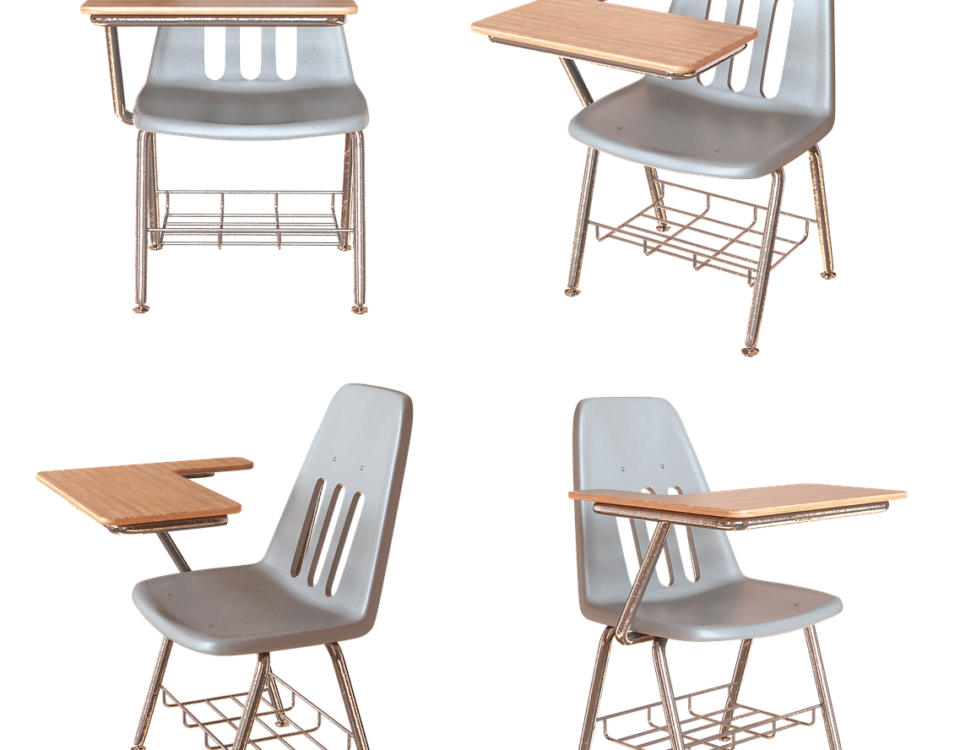Rapid Product Design and Manufacturing System Based on Rapid Prototyping Technology

Direct Shell Production Casting (DSPC) – A Revolutionary Metal Casting Technique
February 18, 2025
Basic Functions and Structure of a Rapid Product Design and Manufacturing System
February 18, 2025In today’s competitive market economy, the strategic focus of the global manufacturing industry has gradually shifted from expanding production scale, reducing product costs, and improving product quality to accelerating market response speed. To remain competitive, many advanced enterprises have significantly reduced their product development cycles. These companies now aim for a “Triple Three” approach—three weeks for product design, three months for trial production, and three years for full-scale production.
This fast-paced product development cycle highlights the importance of flexibility and convenience in new product research and development. As a result, rapid prototyping technologies, along with rapid tooling manufacturing technologies based on rapid prototyping, have brought significant economic benefits to enterprises, particularly in the fields of new product development and small-batch manufacturing. These technologies enable manufacturers to respond quickly to market demands and cut down on development time and costs.
The Role of Rapid Prototyping in Modern Manufacturing
Rapid prototyping technology (RP) has evolved to play a crucial role in the product development cycle. By enabling rapid creation of prototypes, RP allows companies to visualize, test, and iterate on their designs much faster than traditional methods. This capability significantly shortens the time it takes to go from a concept to a functional product, which is a critical advantage in today’s fast-paced markets.
Moreover, RP technology not only supports product design but also facilitates rapid tooling. Rapid tooling allows for quick production of molds and parts without the lengthy delays typically associated with traditional mold-making processes. This ability to rapidly prototype and manufacture tools has made RP indispensable for industries that rely on small-batch production, such as automotive, aerospace, and consumer electronics.
Integration of Rapid Prototyping with Product and Tool Design Systems
To fully capitalize on the advantages of rapid prototyping and rapid tooling, it is essential to integrate these technologies with the relevant software and hardware resources. By developing a robust product/tool design and manufacturing system, companies can streamline their entire development process. This integration helps accelerate the product development timeline while maintaining high quality and cost efficiency.
The establishment of an integrated design and manufacturing system based on rapid prototyping technology involves several key components:
- Efficient Design Software: Advanced design tools that support rapid prototyping and help optimize product and mold designs for manufacturability.
- Rapid Tooling Technology: The use of rapid prototyping techniques to quickly fabricate molds, fixtures, and other manufacturing tools.
- Prototyping and Testing: Iterative prototyping allows designers to test and refine designs before committing to full-scale production, ensuring that the final product meets all performance and quality standards.
- Flexible Manufacturing Systems: The adoption of flexible and adaptable manufacturing systems that can handle small-batch and customized production runs efficiently.
Benefits of Rapid Product Design and Manufacturing Systems
- Reduced Time to Market: By integrating rapid prototyping and tooling into the design process, companies can reduce their overall time to market. This enables them to respond more quickly to customer demands and market changes.
- Cost Efficiency: The use of rapid prototyping technologies in the early stages of product development significantly reduces costs associated with traditional prototyping and tooling. Additionally, the ability to iterate quickly leads to fewer design errors and lower overall production costs.
- Improved Product Quality: Rapid prototyping allows for more accurate and precise product designs, which can be tested and refined in real-time. This leads to better quality control throughout the development process, resulting in a superior final product.
- Increased Flexibility in Production: The system allows for small-batch manufacturing, reducing the need for large inventories and enabling companies to produce customized products quickly and efficiently. This is particularly important in industries where customization and flexibility are key differentiators.
- Enhanced Competitive Advantage: Companies that adopt rapid prototyping and rapid tooling technologies can stay ahead of the competition by offering faster lead times, better quality products, and the ability to quickly respond to market trends.
Conclusion
The integration of rapid prototyping and rapid tooling technologies into a cohesive product and mold design and manufacturing system is a significant advancement in modern manufacturing. It not only shortens product development cycles but also enhances the flexibility, quality, and cost-effectiveness of production processes. For companies looking to stay competitive in a fast-moving market, embracing these technologies is essential for achieving operational efficiency, improving time to market, and maintaining high product quality.
As industries continue to face increasing demands for innovation and speed, the importance of rapid prototyping systems in product development and manufacturing will only continue to grow, enabling companies to thrive in an increasingly competitive global market.


